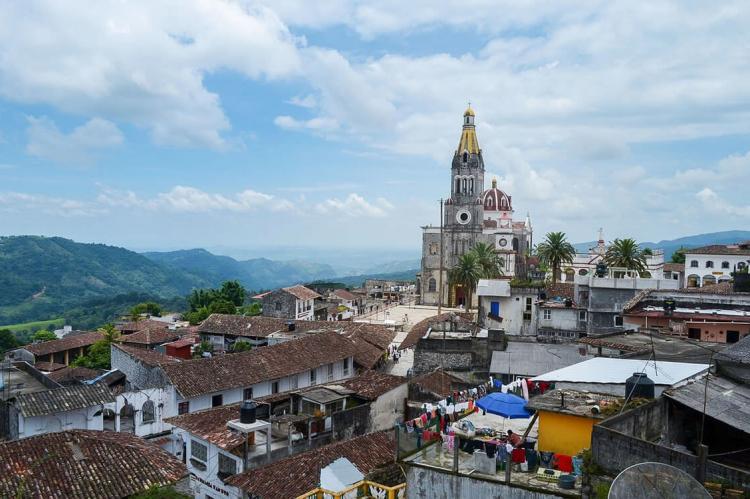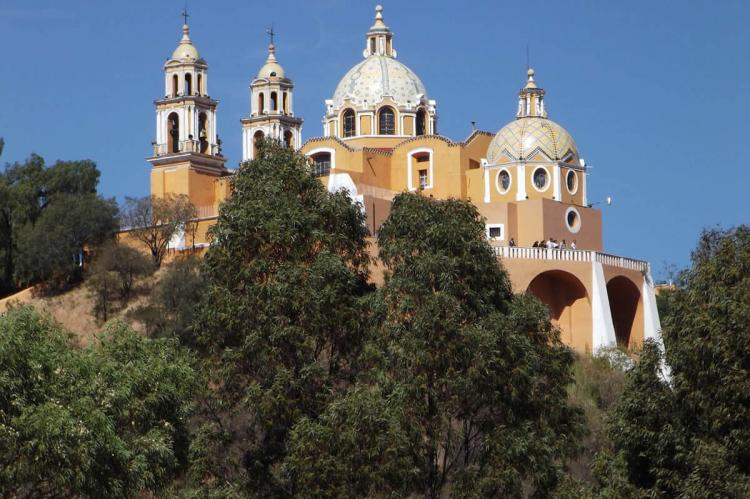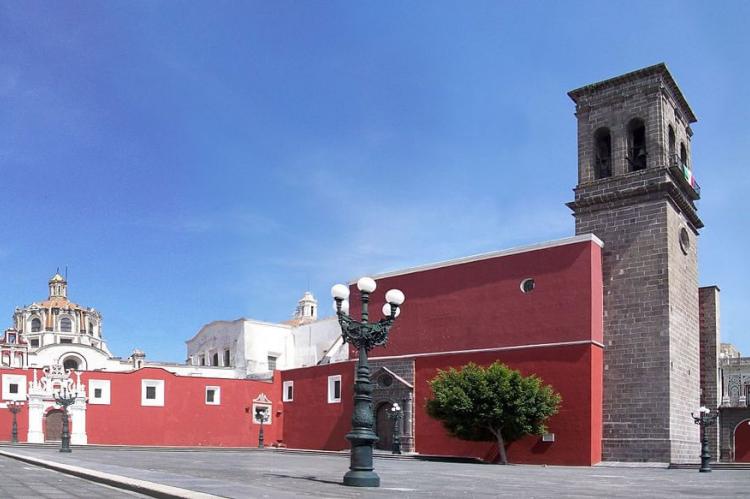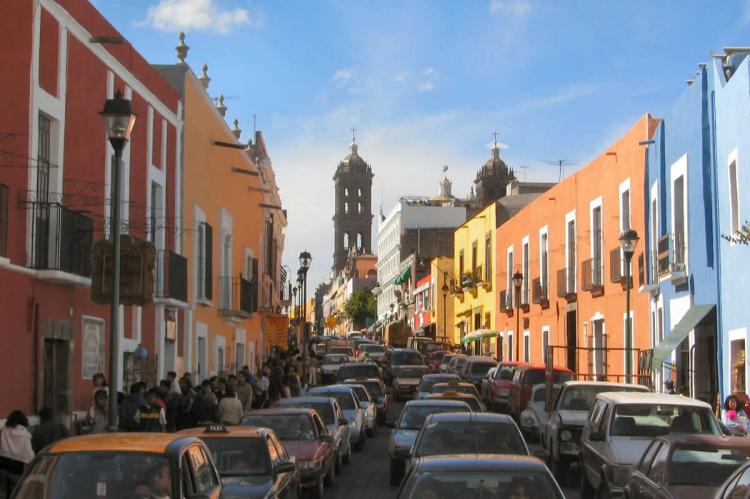Historic Center of Puebla (Mexico)
The Historic Center of Puebla, a UNESCO World Heritage Site, comprises significant religious buildings such as the Cathedral, the churches of Santo Domingo, San Francisco, and the Jesuit Church. The city is in the Valley of Cuetlaxcoapan at the foot of one of Mexico's highest volcanoes, Popocatepetl.
Historic Center of Puebla
The Historic Center of Puebla, a UNESCO World Heritage Site, comprises major religious buildings such as the Cathedral, the churches of Santo Domingo, San Francisco, and the Jesuit Church. In addition, there are superb palaces such as the old archbishop's palace, the Palafox Library, the university, and many houses whose walls are covered with gaily colored tiles (azulejos).
The city of Puebla de los Ángeles was founded in 1531, following Spain's regal recommendations not to take possession of indigenous territories. The original town, "Ciudad de los Angeles," was laid out according to a Renaissance urban grid formed by rectangular squares in a northeast-southeast orientation.
The city is situated in the Valley of Cuetlaxcoapan at the foot of one of Mexico's highest volcanoes, known as Popocatepetl. It commands a strategic location on the commercial and cultural trade route between the Port of Veracruz to the east and Mexico City, approximately 60 km (100 mi) to the northwest. This location allowed Puebla to be an important intermediate point and core of the Atlantic axle for over two centuries.
Many buildings from the 16th and 17th century have survived. These include the university, founded in 1587 as Colegio del Espíritu Santo, major religious structures such as the Cathedral (dating from 1575), and fine buildings like the former archbishop's palace. The Palafox Library, established in 1646, is credited with being the first library in the Americas.
Some of the significant buildings and features of the Historic Center of Puebla include:
- Barrio de los Sapos
- Barrio del Artista
- Biblioteca Palafoxiana
- Casa de la Cultura
- Chapel of the Rosario
- Church of La Compañía
- Church of las Capuchinas
- Church of San Cristóbal
- Church of San Juan de Dios
- Church of San Pedro
- Church of Santo Domingo
- El Parián
- Hospital Church of San Roque
- Maqueta del Centro de Puebla
- Municipal Hall of Puebla
- Parish of Santa Clara
- Puebla Cathedral
- Ángeles testigos de la Beatificación de Juan de Palafox y Mendoza
- Teatro Principal de Puebla
- Bust of Plácido Domingo
- Statue of Héctor Azar
Puebla’s strategic location on a central transportation corridor permitted the exportation of its regional style of Baroque architecture. The urban design of the Historic Center, based on a Renaissance grid plan, has exerted a considerable influence on the creation of colonial cities across Mexico.





